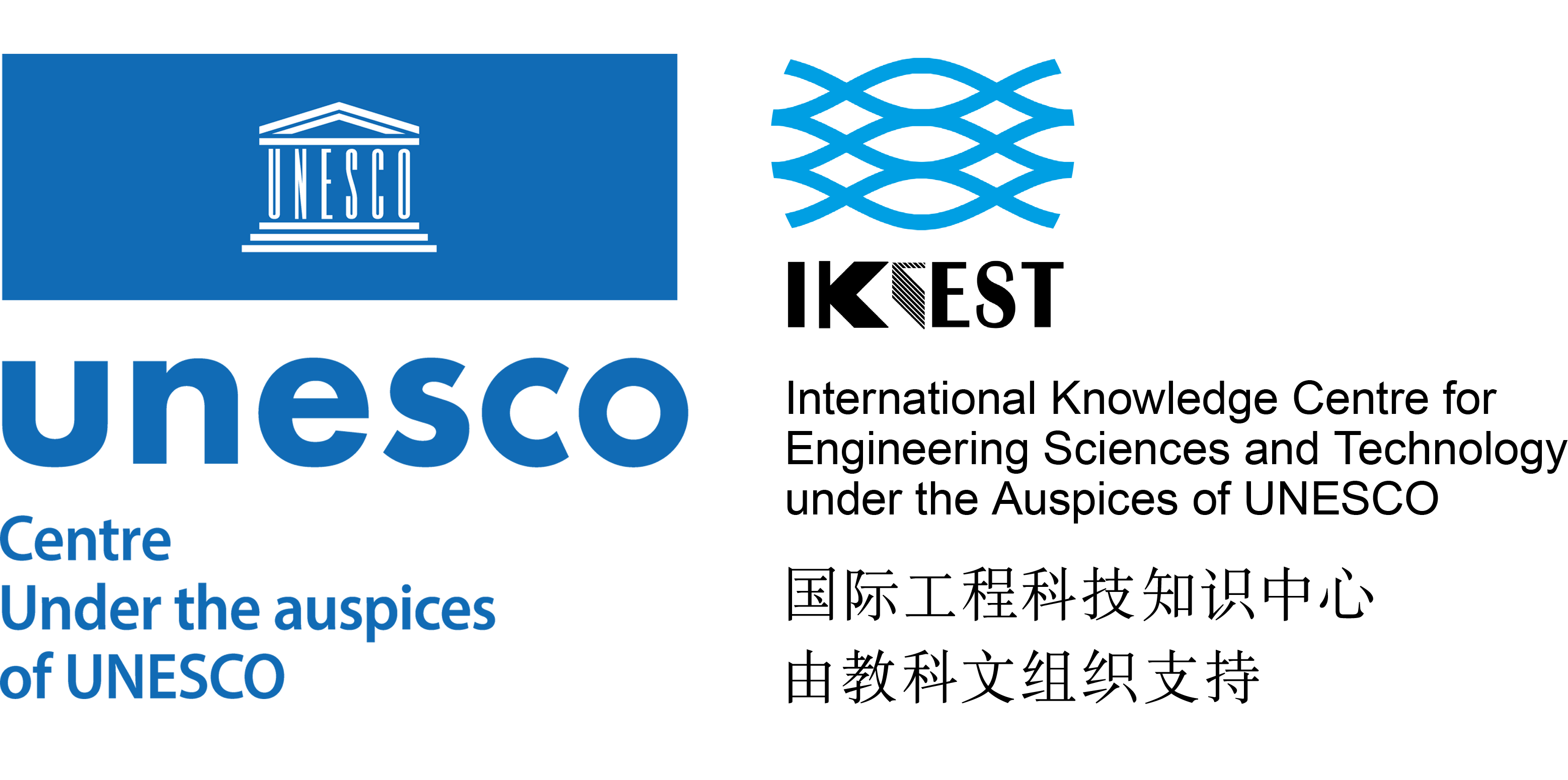Journal
Please choose volume & issue:
-
A historical solutions based evolution operator for decomposition-based many-objective optimization
Abstracts:As a kind of iterative algorithm based on population, an evolutionary algorithm generates many solutions at each generation. The historical solutions can provide information about the former generations and in turn help to guide the evolving of population. Thus, this paper utilizes the historical solutions and proposes a new evolution operator for decomposition-based many-objective optimization. The new operator combines the vertical information across different generations and the horizontal information from the current generation. Moreover, a two-stage bound-checking mechanism and an adaptive parameter setting scheme are designed to assist the proposed operator. After incorporating the proposed operator and some related techniques into the decomposition-based framework, we form a new algorithm called MOEA/D-HSE. The experimental results on well-known benchmark problems ranging from 5 to 15 objectives show that MOEA/D-HSE significantly outperforms other peer algorithms on the vast majority of the test instances, demonstrating the effectiveness and competitiveness of the proposed operator.
-
A modified Intellects-Masses Optimizer for solving real-world optimization problems
Abstracts:The Intellects-Masses Optimizer (IMO) is a recently-proposed cultural algorithm, which is easy to understand, use, and implement. IMO requires (almost) no parameter tuning and has successfully been used to tackle unconstrained continuous optimization problems. A modified variant of IMO, called MIMO, is proposed in this paper. The proposed method uses improved update equations, a self-adaptive scaling factor, duplicates removal, and a local search to improve the performance of IMO. The MIMO method is tested on the 22 IEEE CEC 2011 real-world benchmark problems and is compared with 14
state-of-the-art algorithms. The results demonstrate the outperformance of the proposed method and its superiority compared to the original IMO algorithm. -
A comprehensive survey on gravitational search algorithm
Abstracts:Gravitational Search Algorithm (GSA) is an optimization method inspired by the theory of Newtonian gravity in physics. Till now, many variants of GSA have been introduced, most of them are motivated by gravity-related theories such as relativity and astronomy. On the one hand, to solve different kinds of optimization problems, modified versions of GSA have been presented such as continuous (real), binary, discrete, multimodal, constraint, single-objective, and multi-objective GSA. On the other hand, to tackle the difficulties in real-world problems, the efficiency of GSA has been improved using specialized operators, hybridization, local search, and designing the self-adaptive algorithms. Researchers have utilized GSA to solve various engineering optimization problems in diverse fields of applications ranging from electrical engineering to bioinformatics. Here, we discussed a comprehensive investigation of GSA and a brief review of GSA developments in solving different engineering problems to build up a global picture and to open the mind to explore possible applications. We also made a number of suggestions that can be undertaken to help move the area forward.
-
Agent-based game theoretic model for block motion estimation and its multicore implementation
Abstracts:Motion estimation (ME) is one of the main tools employed for eliminating temporal redundancies in video coding. It is the most critical and time-consuming tool of the complete encoder and typically requires 60%–80% of the total computational time. Block-matching ME (BME) algorithms divide a frame into macroblocks (MB) and look for the best possible match in the reference frame. This paper introduces a novel parallel framework to speed up the BME process. This is done by introducing a novel level of parallelism within the MB. The problem of BME is cast in a non-cooperative game-theoretic setting and a distributed multi-agent system is employed to solve the problem. First, a given MB is divided into subblocks and an agent is defined for each subblock. Then, the problem is formulated as a Consensus game and our approximation of the global utility function for the MB is defined. Building on this, agents' utilities are derived so that the resulting game is a potential game. To solve the game, distributed sequential and simultaneous algorithms based on game-theoretic Best Response Dynamics (BRD) and particle swarm optimization (PSO) are presented. Each agent uses PSO as its local search engine to autonomously maximize the utility of its subblock and BRD drive the agents with minimum local communication towards the maximum of the global utility function of the whole MB. Experimental results show that these algorithms provide good estimation quality with low computational cost as compared to other techniques. Moreover, in addition to its decentralized and distributed nature, the simultaneous algorithm is also inherently parallel at the agents' level within the MB. A parallel implementation of this algorithm using the MATLAB Parallel Computing Toolbox™ (PCT) on a multicore system shows that speedup is indeed obtained.
-
A two-stage three-machine assembly flow shop scheduling with learning consideration to minimize the flowtime by six hybrids of particle swarm optimization
Abstracts:There have been many applications of two-stage three-machine assembly flow shop in query scheduling, such as fire engine assembly, personal computer manufacturing, and distributed database system. Moreover, learning phenomenon has been shown present in many two-stage assembly flow shop environments. In conjunction with this learning phenomenon, we addressed, in this study, a two-stage three-machine flow shop scheduling problem with a cumulated learning function. Our objective was to search an optimal sequence for minimizing the flowtime (or total completion time). We developed some dominance propositions with a lower bound used in a branch-and-bound algorithm for small-size jobs. We also proposed six versions of hybrid particle swam optimization (PSO) algorithms to find approximate solutions for small-size and big-size jobs, and for three different data types. In addition, analysis of variance (ANOVA) was employed to examine the performances of the six PSOs for each data type. Subsequently, Fisher's least significant difference tests were carried out to further make pairwise comparisons among the performances of the six algorithms.
-
Bio-inspired methods modeled for respiratory disease detection from medical images
Abstracts:Medicine is an important venue for practical applications of science. A fusion of mathematical modeling and programming into computer methods makes a great support for efficient treatment and diagnosis. Computational Intelligence is one of these sciences which bring valuable help in decision support. In this article we present a devoted methodology implemented to simulate medical examinations of pulmonary diseases. We propose Bio-Inspired Methods modeled to work as the automated decision support in a process of diseased tissues detection over input x-ray images. These methods have special features that with devoted modeling make them independently search over the images with a good accuracy. In our approach we use dedicated fitness condition for selected heuristic algorithms. Mathematical model of medical expertise is formulated as a function used to search for special features of pixels that are representing respiratory diseases like pneumonia, lungs sarcoidosis and cancer. Presented decision modeling simulates medical x-ray image examination process to show where potentially diseased tissues are located. To enhance decision support the system returns to the doctor detection results from two tracks. In the first, patient and doctor can see detection from each of the algorithms, and in the second aggregated results. In this way the doctor receives a complex support that simulates consulting the image with various specialists. In benchmark tests, for a set of original x-ray images from various clinics, applied methods were examined to demonstrate benefits of using implemented solution. Results show that proposed methodology is efficient and promising for pulmonary diseases detection.
-
Vanishing point detection for self-driving car using harmony search algorithm
Abstracts:Self-driving or autonomous vehicles require an ability to detect road lanes. In order to do so, a vanishing point should be first detected because the vanishing point exists on the extended lines of road lanes. For detecting the vanishing point, a random sample consensus (RANSAC) algorithm has been generally utilized. However, the performance of RANSAC is sometimes not so good but fluctuated. Thus, this study proposes a new approach to estimate the vanishing point using a harmony search (HS) algorithm. Results show that HS stably estimates vanishing points with respect to statistics when compared with RANSAC. We hope this model to be utilized in self-driving car in the future.
-
Stability analysis of Artificial Bee Colony optimization algorithm
Abstracts:Theoretical analysis of swarm intelligence and evolutionary algorithms is relatively less explored area of research. Stability and convergence analysis of swarm intelligence and evolutionary algorithms can help the researchers to fine tune the parameter values. This paper presents the stability analysis of a famous Artificial Bee Colony (ABC) optimization algorithm using von Neumann stability criterion for two-level finite difference scheme. Parameter selection for the ABC algorithm is recommended based on the obtained stability conditions. The findings are also validated through numerical experiments on test problems.
-
Optimal parameter regions and the time-dependence of control parameter values for the particle swarm optimization algorithm
Abstracts:The particle swarm optimization (PSO) algorithm is a stochastic search technique based on the social dynamics of a flock of birds. It has been established that the performance of the PSO algorithm is sensitive to the values assigned to its control parameters. Many studies have examined the long-term behaviours of various PSO parameter configurations, but have failed to provide a quantitative analysis across a variety of benchmark problems. Furthermore, two important questions have remained unanswered. Specifically, the effects of the balance between the values of the acceleration coefficients on the optimal parameter regions, and whether the optimal parameters to employ are time-dependent, warrant further investigation. This study addresses both questions by examining the performance of a global-best PSO using 3036 different parameter configurations on a set of 22 benchmark problems. Results indicate that the balance between the acceleration coefficients does impact the regions of parameter space that lead to optimal performance. Additionally, this study provides concrete evidence that, for the examined problem dimensions, larger acceleration coefficients are preferred as the search progresses, thereby indicating that the optimal parameters are, in fact, time-dependent. Finally, this study provides a general recommendation for the selection of PSO control parameter values.
-
Chaos-enhanced mobility models for multilevel swarms of UAVs
Abstracts:The number of civilian and military applications using Unmanned Aerial Vehicles (UAVs) has increased during the last years and the forecasts for upcoming years are exponential. One of the current major challenges consist in considering UAVs as autonomous swarms to address some limitations of single UAV usage such as autonomy, range of operation and resilience. In this article we propose novel mobility models for multi-level swarms of collaborating UAVs used for the coverage of a given area. These mobility models generate unpredictable trajectories using a chaotic solution of a dynamical system. We detail how the chaotic properties are used to structure the exploration of an unknown area and enhance the exploration part of an Ant Colony Optimization method. Empirical evidence of the improvement of the coverage efficiency obtained by our mobility models is provided via simulation. It clearly outperforms state-of-the-art approaches.
Hot Journals
- Risk Breakdown Matrix for Risk-Based Inspection of Transportation Infrastructure Projects
- Social Control in Outsourced Architectural and Engineering Design Consulting Projects: Behavioral Consequences and Motivational Mechanism
- 2022 Best Paper Award
- Hold-Ups and Failures in Negotiated Order: Unearthing the Nuances of Rework Causation in Construction
- Prevalence and Risk Factors for Poor Mental Health and Suicidal Ideation in the Nigerian Construction Industry
- Impact of Wind Load Characteristics on Computed Bridge Stay-Cable Forces Used for Bridge Health Monitoring
- Weak-End and Frequency Detection of Elastically Supported Bridges by Contact Residual Response of Two-Axle Test Vehicle in a Round Trip
- Development of Performance-Based Fragility Curves of Coastal Bridges Subjected to Extreme Wave-Induced Loads
- An Analytical Model to Evaluate Short- and Long-Term Performances of Post-Tensioned Concrete Box-Girder Bridges Rehabilitated by an Ultrahigh-Performance Concrete Overlay
- Experimental and Numerical Studies on Dynamic Response of Parallel Wire Cables Subjected to Close-In Explosions
- Three-Dimensional Velocity Distribution in Straight Smooth Channels Modeled by Modified Log-Law
- Experimental Investigation on Flow Past Two and Three Side-by-Side Inclined Cylinders
- An Experimental Investigation of Rotor–Box Aerodynamic Interaction 1
- Modeling Gas–Liquid Flow Between Rotating and Nonrotating Annular Disks
- Entry Length Requirements for Two- and Three-Dimensional Laminar Couette–Poiseuille Flows
Acta Astronautica (1,768)
- Mixed-integer trajectory optimization with no-fly zone constraints for a hypersonic vehicle
- Adaptive control design for active Pogo suppression of large strap-on liquid launch vehicles
- Machine learning based approach for modeling and forecasting of GPS–TEC during diverse solar phase periods
- Effect of two-dimensional micro-cavity surface on hypersonic boundary layer
- Investigation on burning behaviors of aluminum agglomerates in solid rocket motor with detailed combustion model
Advanced Materials (3,745)
- Structured Perovskite Light Absorbers for Efficient and Stable Photovoltaics
- Strategies for High‐Performance Solid‐State Triplet–Triplet‐Annihilation‐Based Photon Upconversion
- Atomic Engineering Catalyzed MnO2 Electrolysis Kinetics for a Hybrid Aqueous Battery with High Power and Energy Density
- Crystal Adaptronics: Global Performance Indices for Dynamic Crystals as Organic Thermal Actuators (Adv. Mater. 20/2020)
- Enlightening Materials with Photoswitches








 User Center
User Center My Training Class
My Training Class Feedback
Feedback





